AMD has a new NIC out of its Pensando acquisition. The AMD Pensando Pollara 400 is a 400GbE UltraEthernet Consortium-based card for next-gen scale-out RDMA networks.
AMD Pensando Pollara 400 UltraEthernet RDMA NIC Launched
Under the OPN Pollara-400-1Q400P we have the AMD Pensando Pollara 400 NIC. This is a single-port low profile card designed for UEC RDMA networks.
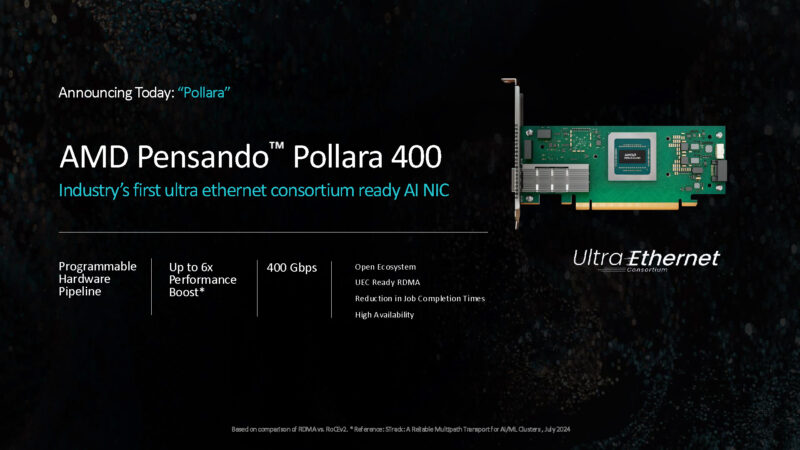
The card is a low-profile 400GbE NIC that will be compatible with the first wave of UltraEthernet Consortium (UEC) switches next year. We already discussed Broadcom 400GbE NICs Launched for the AI Era and how we expect the next-generation 800GbE Broadcom adapters will be the ones to support UEC. Not to be out-done, AMD has a UEC adapter available ahead of the full UEC initial spec adoption in 2025.
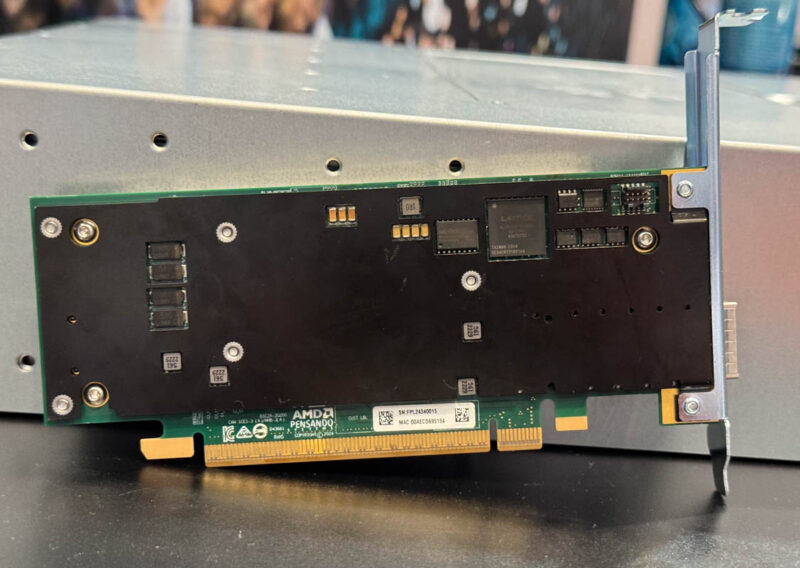
The single-port 400GbE connection (should this be 400GbUE?) is via a QSFP112 cage.
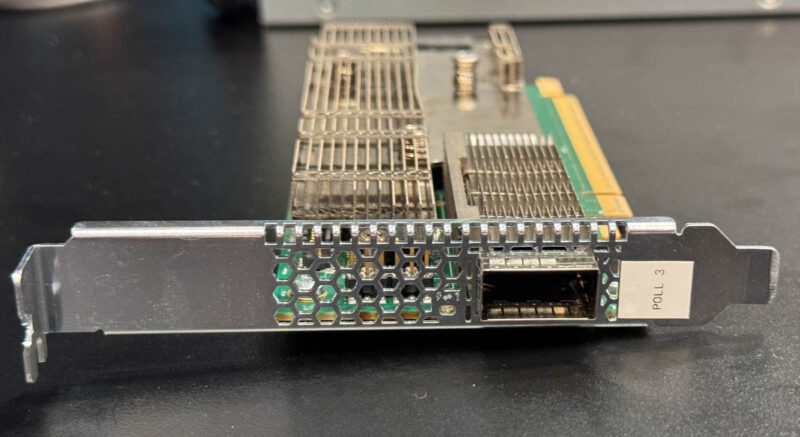
For those wondering, in today’s big AI clusters, 400Gbps NICs are common because they support one 400G port on a PCIe Gen5 x16 port. A second 400GbE cage cannot be supported by the host bandwidth with only a PCIe Gen5 x16 link. We will have to wait for PCIe Gen6 for that. At the same time, the 400GbE link in an era with 51.2T switches means that a single switch can have 128x 400GbE connections or often 64 downstream ports and 64 upstream ports of 400GbE (or 32 800GbE upstream.)
Final Words
Something notable has happened in the industry. In the 10/40GbE generation, Intel was ahead of AMD in networking. Now, NVIDIA has leapfrogged almost everyone, but it feels like AMD is now ahead of Intel on the networking side. We just went over the AMD EPYC 9005 and AMD Instinct MI325X launches. Now, AMD has the NIC side to build out entire AI servers on AMD hardware, save PCIe switches and retimers. AMD is relying more on Broadcom and other partners to make the switches, while NVIDIA makes those too.
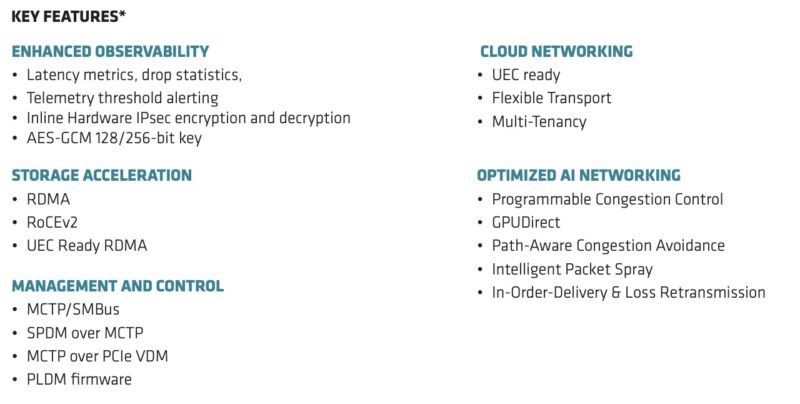
Currently, NICs like these are deployed alongside every GPU. In the future, they could also be used for more connectivity than just on the CPU-facing PCIe lanes for more than one NIC per GPU, but that is in the future. Next on the AMD networking side, we will discuss the company’s new DPU. Stay tuned.

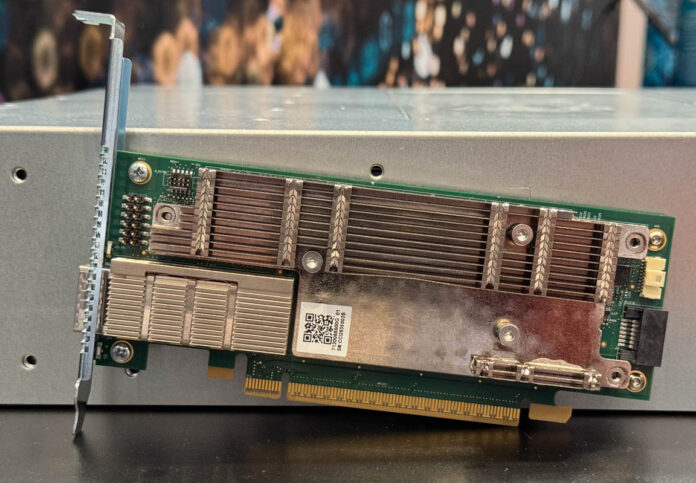



Looks like it’s time for an article on how UEC looks from host OS side on CLI and how to enable/manage/monitor its benefits.
being Italian (with italian as “mother tongue”) this names (pensando, pollara, salina, etc) look a bit weird…
@Mauro It’s even worse being spaniard, specifically with Pollara.
How much can a raptor lake cpu push through this? Would it be limited by memory bandwidth?
@lolost still not as bad/funny as Nvidia cuLitho.